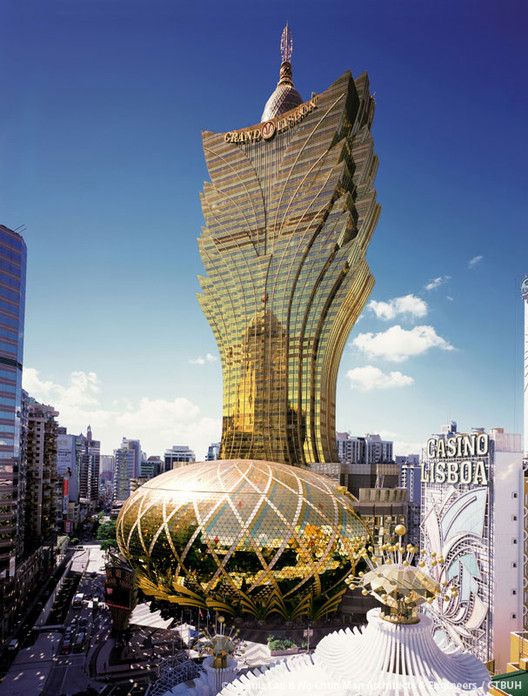
Being such a recent movement in the international architectural discourse, the reach and significance of post-modernism can sometimes go unnoticed. In this selection, chosen by Adam Nathaniel Furman, the "incredibly rich, extensive and complex ecosystem of projects that have grown out of the initial explosion of postmodernism from the 1960s to the early 1990s" are placed side by side for our delight.
From mosques that imagine an idyllic past, via Walt Disney’s Aladdin from the 1990s, to a theatre in Moscow that turns its façade into a constructivist collage of classical scenes, "there are categories in post-modernism to be discovered, and tactics to be learned." These projects trace forms of complex stylistic figuration, from the high years of academic postmodernism, to the more popular of its forms that spread like wildfire in the latter part of the 20th century.
Postmodernism as an architectural, economic and cultural condition is alive and well. Everywhere. In architectural discourse, the complex and enriching incorporation of multiple references into a fluid tectonics that embody our simultaneously protean and borderless, as well as highly constructed, local identities, has been a no-go area for many years.
The Basilica of Our Lady of Peace of Yamoussoukro, Cote d'Ivoire / Pierre Fakhoury

Sheikh Zayed Mosque, Abu Dhabi

Horton Plaza, San Diego / Jon Jerde

Piazza d'Italia, New Orleans / Charles Moore

Walt Disney World Dolphin and Swan Hotels and Resort, Orlando

Grand Lisboa Tower, Macau / Dennis Lau & Ng Chun Man Architects

PPG Place, Pittsburgh / Philip Johnson

Secret Intelligence Service Building (MI6), London / Terry Farrell

Vancouver, Canada

Neue Staatsgalerie, Stuttgart / James Stirling

Follow Furman's Triumph of Postmodernism tumblr blog here.

